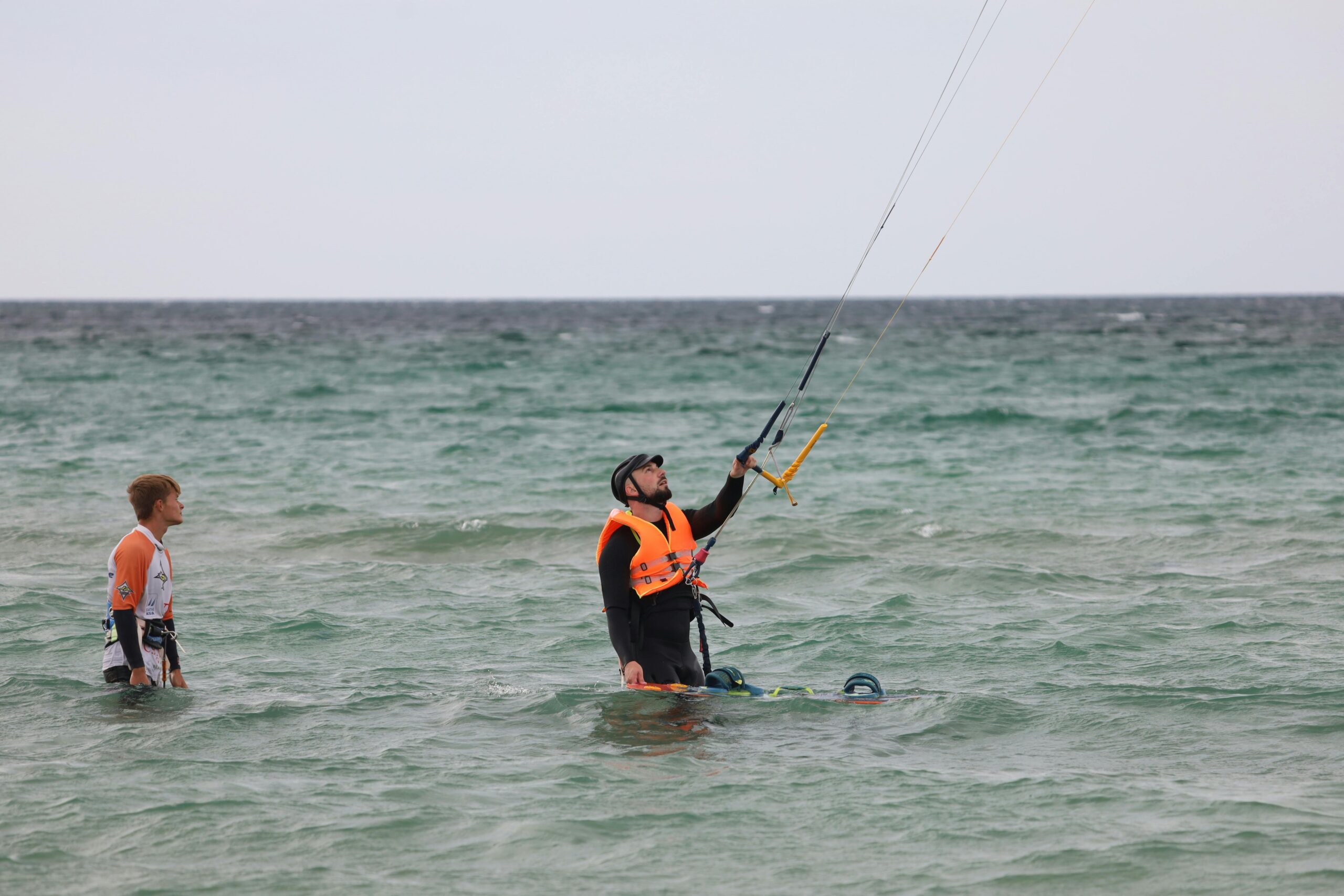Do you know if impact vests are buoyant? And are they suitable for floating? We have got you covered! In this article, we will explain the purpose of impact vests, their buoyancy, and whether they are Coast Guard approved. Not only will we clarify these queries, but we will also help you understand their features and uses.
Are Impact Vests Buoyant?
Impact vests are primarily designed for protection, not flotation. They include padding that absorbs shocks during high-impact activities like wakeboarding, kayaking, and surfing. While they do provide slight buoyancy—approximately 30 Newtons—they are not intended to keep you afloat for long durations. This buoyancy level may help you stay above water temporarily, but it should not be relied upon as a safety measure during emergencies.
The buoyancy of an impact vest depends on the material used in its construction. Most vests are made with lightweight foam that offers impact protection while keeping you partially buoyant. However, they lack the structure and volume to provide complete flotation, which differentiates them from life jackets.
It’s also important to note that the buoyancy offered by impact vests varies by brand and model. While some may offer slightly higher buoyancy than others, none meet the safety requirements for Coast Guard approval.
Are Impact Vests Coast Guard Approved?
Impact vests do not meet the minimum buoyancy requirements for Coast Guard approval. Life jackets, on the other hand, are designed with flotation as their primary purpose and meet strict safety standards.
When choosing a vest for water activities, it’s essential to consider the intended use. Impact vests are perfect for recreational water sports, where mobility and impact protection are prioritized over flotation. However, for activities where safety and flotation are key, such as boating, a Coast Guard-approved life jacket is necessary.
Comparison Table: Impact Vests vs. Life Jackets
| Feature | Impact Vests | Life Jackets |
| Buoyancy | Low (Approx. 30 Newtons) | High (Coast Guard Approved) |
| Primary Purpose | Impact Protection | Floatation and Safety |
| Design | Lightweight and Flexible | Bulkier for Higher Buoyancy |
| Activities | Watersports like Wakeboarding, Surfing | Boating, Fishing, Swimming Safety |
What Makes Impact Vests Popular for Watersports?
They are lightweight, thinner, and allow better movement compared to life jackets. Their padding absorbs shock, protecting users during falls or collisions with water or equipment. This makes them ideal for high-speed activities and tricks.
Many water sports enthusiasts prefer impact vests due to their ergonomic design and flexibility. Activities like wakeboarding, water skiing, and jet skiing often involve sudden impacts with water, and these vests provide the necessary protection without hindering movement.
Moreover, impact vests are available in various styles and sizes to suit different body types and preferences. This customization allows athletes to perform confidently, knowing they are both protected and comfortable.
Key Features of Impact Vests:
- Shock Absorption: Protects against impacts during activities.
- Flexibility: Allows better movement and maneuverability.
- Lightweight Design: Comfortable for extended wear.
- Multi-purpose: Suitable for sports like wakeboarding, surfing, and kayaking.
- Quick-dry Material: Reduces discomfort caused by water retention.
- Adjustable Straps: Ensures a secure and snug fit for safety.
How to Choose the Right Impact Vest?
When choosing an impact vest, start by identifying the activity you plan to use it for. For high-impact sports, prioritize padding and flexibility. If comfort is key, look for lightweight materials and ergonomic designs.
Make sure the vest fits snugly but allows free movement. Loose vests can slide off during a fall, reducing protection. Adjustable straps or zippers can help secure the vest properly.
Lastly, check for features like quick-dry material, UV protection, and reinforced stitching. These can add durability and enhance your experience on the water.
For more information about impact vests, check out this guide.
Conclusion
While impact vests do provide some buoyancy, they are not designed as life-saving flotation devices. Instead, their main role is protection from impacts during water sports. If you need safety and flotation, opt for a Coast Guard-approved life jacket. However, if maneuverability and impact protection are your priorities, impact vests are an excellent choice!
Impact vests offer flexibility, comfort, and shock absorption, making them ideal for wakeboarding, kayaking, and other high-energy sports. They allow athletes to focus on performance without compromising safety.
